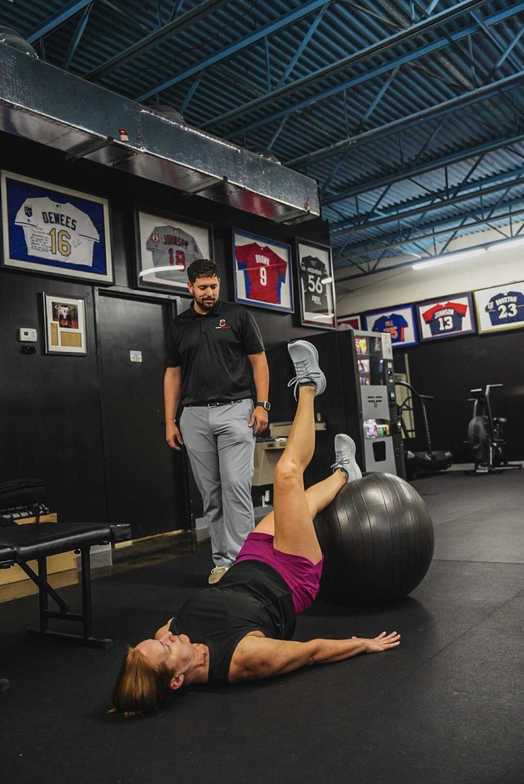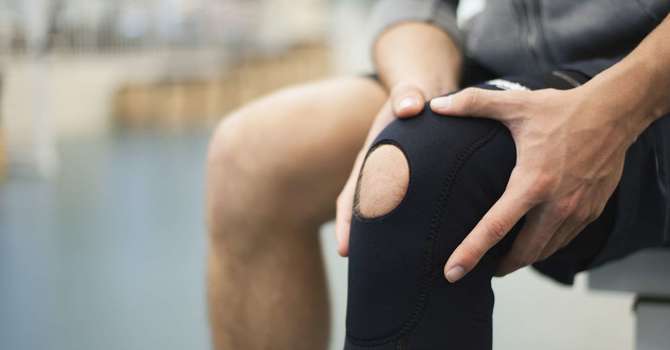
Have you ever wondered what that snapping sensation in your hip is when you move it around? This is commonly called Snapping Hip Syndrome (SHS), or Coxa Saltans. Common symptoms include an audible snap or clicking noise in weight-bearing exercises like running or non-weight bearing as well. SHS is present in up to 10% of the population, with sports such as soccer, running, and dance/gymnastics being the most commonly affected. This is common in hyperflexible people of all ages and more prevalent in women because of pelvic shape and hip instability.
Another question people ask with Snapping Hip Syndrome is if the snapping/clicking will ever go away and the answer is maybe. No clinician or surgeon could ever guarantee that but what I can say is that if you improve the functional capacity of that hip, the pain symptoms and frequency/intensity of symptoms will improve.
Four types of SHS are categorized based on the proximity of the clicking:
- Lateral/External- Most Common; The posterior edge of the iliotibial band or anterior edge of the gluteus maximus catches or rubs over the greater trochanter of the femur
- Anterior/Internal- Also Common; The iliopsoas tendon snaps over the bony prominence of the pelvis
- Posterior- Rare; The hamstring tendon catches the edge of the ischial tuberosity (sit bone)
- Intra-Articular- Least Common; Could be caused by a loose body, labral tear, or subluxation/dislocation.
Imaging is not needed most of the time unless pathology/anomaly is suspected. The three most common categories, respond really well to conservative therapy. Especially if you can address not only soft tissue aspects of your injury but functional weak points that treatment would address and correct.
It is possible, and very common that the joint mobility is hypermobile but the musculature surrounding (iliopsoas, hamstrings, it band, glute max, etc) can also be chronically tight. You try to stretch and stretch and stretch and it can always seem to return to the same tight or snapping sensation. This happens because the corresponding musculature is attempting to stabilize the joint but failing to do so. This is because the root cause of the injury hasn’t been addressed and it will perpetuate itself until this is addressed.
If you're interested and want to know more about how to manage your Hip pain effectively, go to strengthchiro.com and schedule your FREE Discovery visit or your New Patient appointment!
.jpg)
.jpg)



